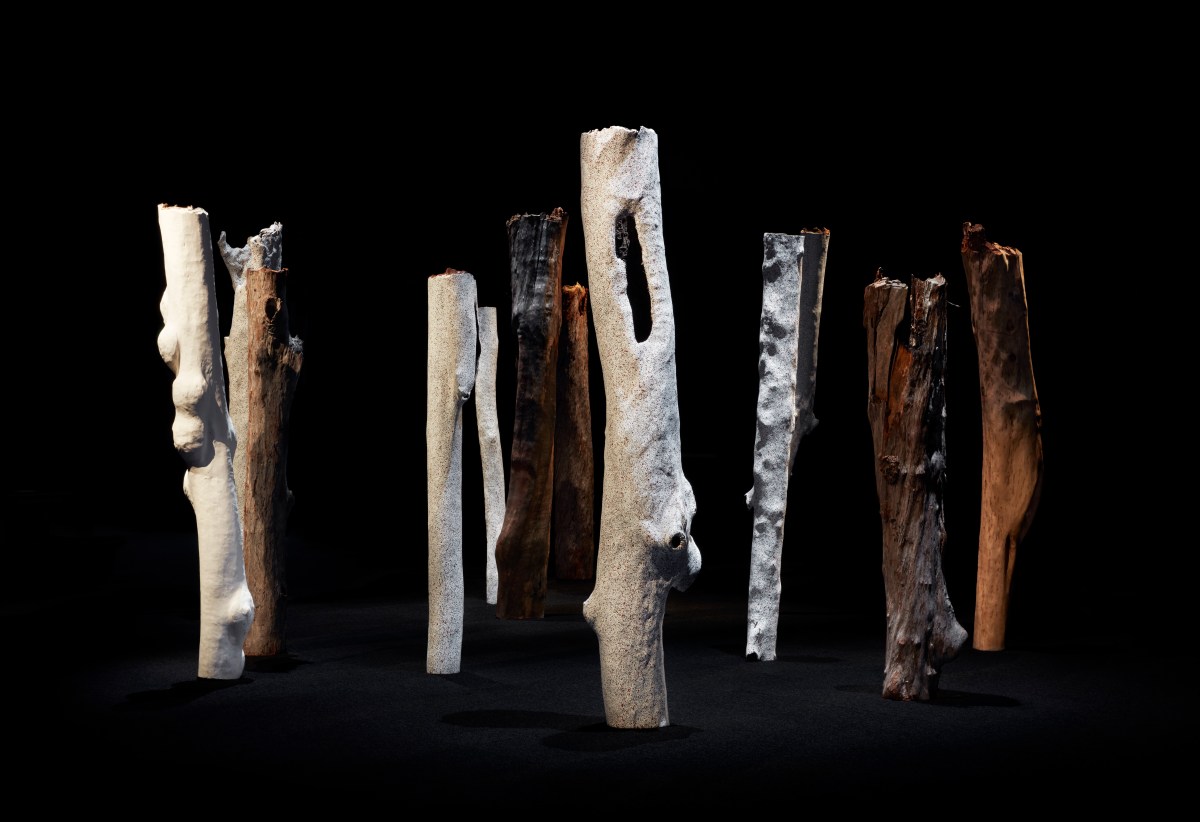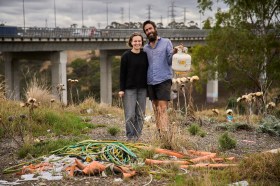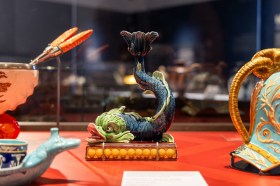The joys and difficulties of exhibitions that aim to conflate radically different work – in this case applied arts, science and contemporary art practice – is that between the theory and the practice lies the treacherous terrain where visual work can slip into the illustrative rather than the demonstrative zone. Luckily, that is not the case with Eucalyptusdom *, currently on exhibition at the Powerhouse Museum.
Economic botany was a concern that most museum visitors may not realise was the foundation of the Museum of Applied Arts and Sciences (aka Powerhouse Museum) and other museums too, like the Santos Museum (est.1881) in Adelaide.
Read: 2022 museum shows to spark curiosity
This exhibition charts a course through the history of the MAAS. It uses the gum tree as a raft to hang the economic aspirations of a nation. The gum also acts as emblematic of this nation’s evolution from a colonialism to a country that may embrace a newly minted picture that acknowledges rather than possesses Aboriginal cultures. This exhibition demonstrates the desire to shake off this colonial mantel and begin to respect the cultural knowledge of our Indigenous nations.
Entering the exhibition, we are offered an historical context both for the show and the museum itself. Out of the ashes of the fire that destroyed the Garden Palace (1879 – 1882) emerged, through a series of iterations, the MAAS and then the Powerhouse as we know it.
The stage is thus set for the exhibition with Jonathan Jones’ reworked old lithographs of the Garden Palace that have been overlaid with Aboriginal shield motifs that recall his large-scale barrangal dyara (skin and bones) on the site of the Garden Palace in the Botanical gardens in 2016 (Kaldor).
Artist Yasmin Smith work Stars, responds to the Powerhouse museum’s current site at Castle Hill. Smith works with clay and trees and this work is a logical and embedded part of her continuing practice. Smith uses the tree itself to create the colour and the form of her finished work. These artworks are both the object and its archive. Stars can be seen as a monument and a memento of what is lost and gained in the name of progress.
Read: Exhibition review: Solastalgia, Broadhurst gallery
This is really the strength of this exhibition – the commissioned works make sense and are a powerful means of apprehending the historical objects and our history, as well as being standalone artworks.
The stories we tell ourselves and the stories we are told by objects and artworks are continually shifting. Re-examining them and remaking them can arguably describe the jobs of both artists and curators. How this is done and how museums re-examine their collections and engage audiences in this debate needs to be considered and this show sets the bar.
Embedded artist Agatha Gothe-Snape and Powerhouse curator Emily McDaniel have orchestrated the show to deliver an exhibition that aims to challenge our preconceptions. Go along and see it – for the art, for the wood – and to see how an encyclopaedic museum can offer not just a picture of the past but a window to the future.
* Eucalyptusdom takes its title from a 1930s text by Edward F. Swain, one of Australia’s earliest conservationists.
Eucalytptusdom, Powerhouse Museum, NSW
Free entry
Eucalyptusdom will be on exhibit until 28 August 2022





